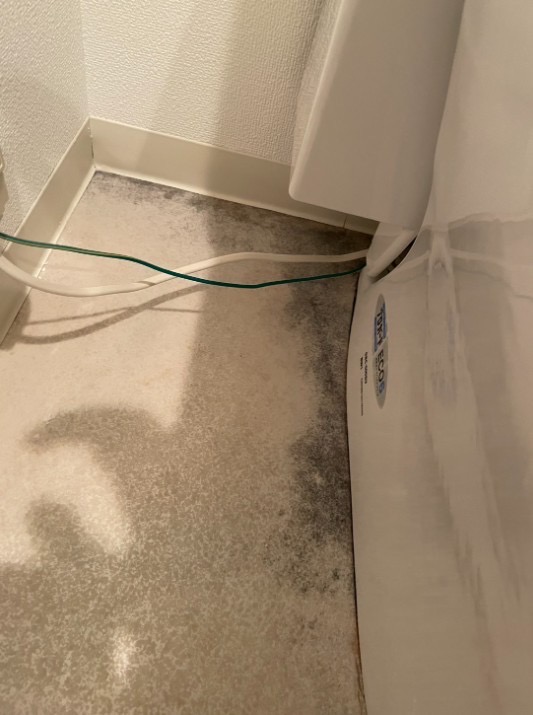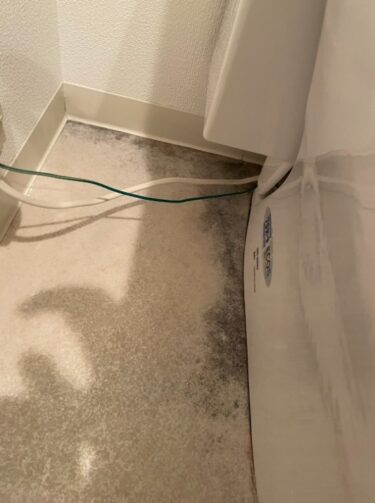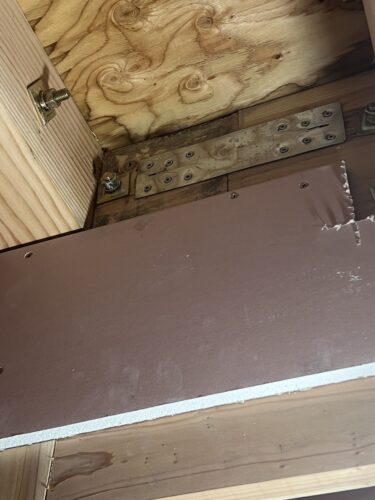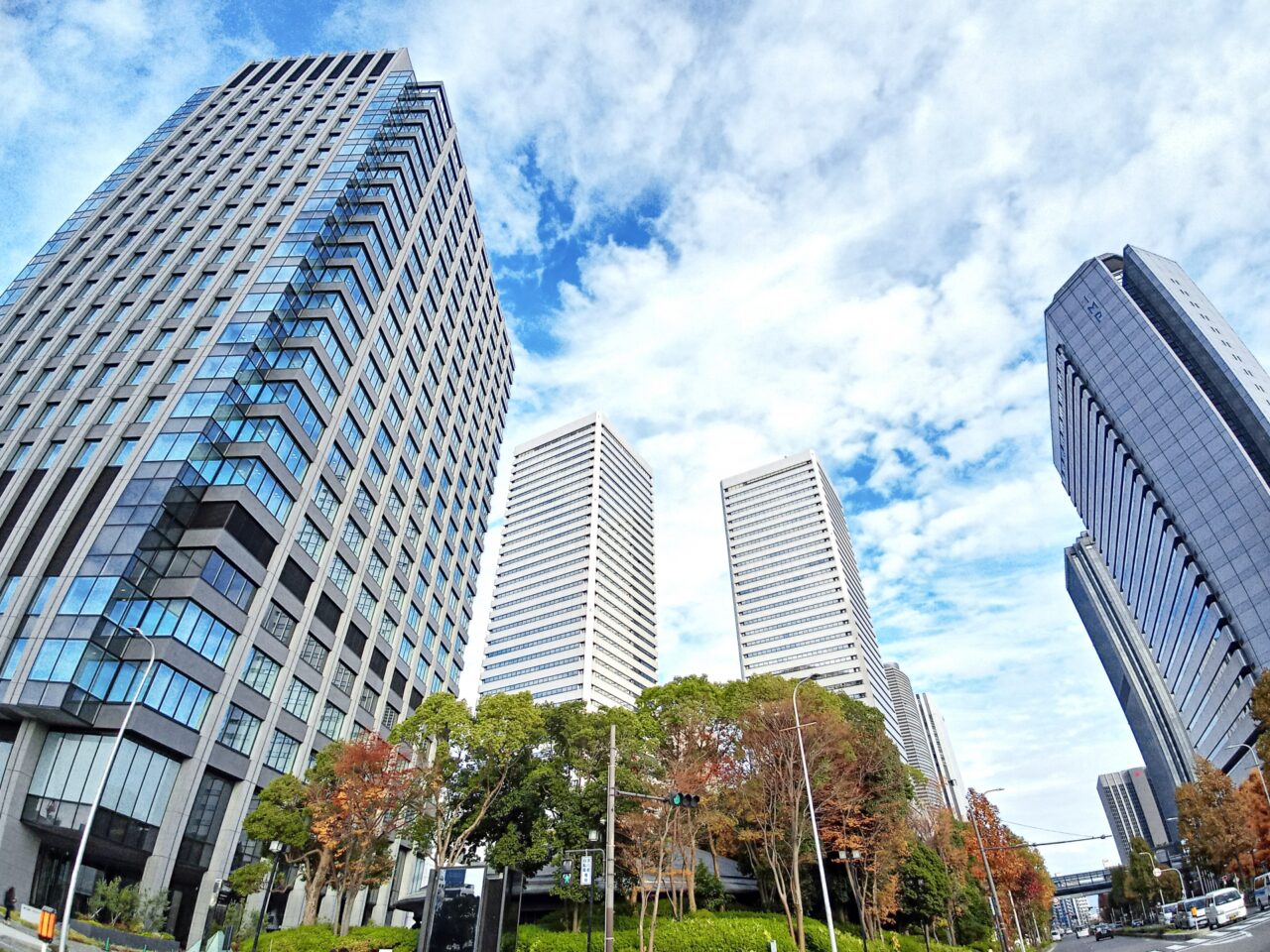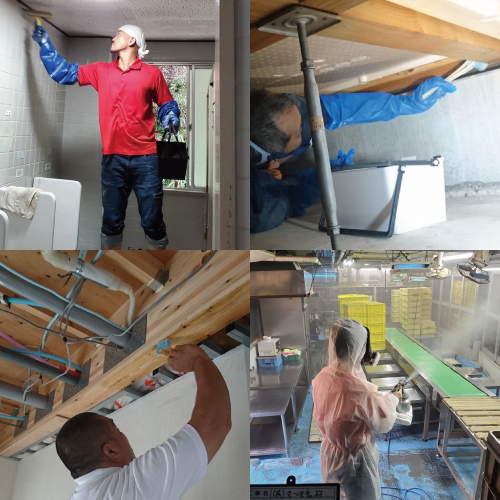Mold complaints and damages are increasingly reported in rental properties occupied by foreign tenants and embassy staff in Japan. The humid climate and airtight building design are often to blame. This article clearly explains why mold issues frequently occur in such cases, outlining solutions that landlords and tenants can rely on. By reading this article, you’ll gain insights into the unique challenges of embassy and public housing, learn preventative methods, and discover reliable mold removal services. This helps ensure a healthy, safe, and sustainable living environment.
1. Background: Why Mold Problems Occur in Embassy and Foreign-Tenant Housing
1-1. Japan’s High Humidity and Mold Risk over 60% RH
Japan’s hot and humid climate, especially during the rainy season and summer, creates ideal conditions for mold growth. Foreign tenants, unfamiliar with this level of humidity, often report odors or visible black spots in bathrooms and closets. If the indoor humidity exceeds 60%, mold spores can thrive in as little as a few days. Air conditioning use in summer also causes condensation, further promoting hidden mold growth behind walls or near windows.
1-2. High-Insulation, Airtight Homes and Trapped Moisture
Modern Japanese homes, particularly embassy residences and high-end properties, emphasize insulation and airtightness for comfort. However, this reduces air circulation, allowing humidity to accumulate in hidden areas like behind furniture or walls—perfect for mold. Foreign tenants may also be unfamiliar with proper ventilation habits, leading to unchecked mold spread.
2. Complaints and Risks Faced by Foreign Tenants
2-1. Odor, Property Damage, and Decreased Value Due to Black Mold
Black mold produces strong, unpleasant odors that can permeate furnishings and be difficult to remove. It damages wallpaper, flooring, and even the building structure, reducing property value—especially problematic for high-end embassy residences.
2-2. Health Risks: Allergies, Asthma, and Fungal Infections
Mold spores can trigger respiratory issues, especially in children, seniors, and immunocompromised individuals. Foreign residents unfamiliar with mold exposure might not realize the health impact until symptoms worsen. If left untreated, mold can cause serious infections and long-term illness.
3. Legal and Contractual Aspects in Public and Rental Housing
3-1. Rental Agreements, Landlord Responsibilities, and Prevention
Lease contracts usually specify responsibility for maintenance. Mold caused by building flaws typically falls under landlord liability, while tenant negligence can shift the burden. Foreign tenants often don’t fully understand Japanese contracts, making multilingual orientation and clear guidelines essential.
3-2. Legal Disputes Over Damages and Restoration
Disputes often arise regarding restoration costs and mold liability. Third-party inspections and documentation (photos, reports) can be crucial in resolving such conflicts legally. Routine inspections and clear communication help prevent disputes.
4. Unique Mold Challenges in Embassy and Official Residences
4-1. Hidden Mold in Luxury and High-End Residences
Embassy and official residences often contain complex architectural features and premium materials, with mold growing unseen in ceilings, ducts, and behind walls. These areas require regular professional inspection to avoid widespread contamination.
4-2. Language and Cultural Barriers in Reporting and Response
Foreign tenants may delay reporting mold due to uncertainty or language barriers. Education and multilingual materials are key to ensuring timely response and effective prevention.
5. Prevention and Monitoring: Humidity Control and Ventilation
5-1. Maintaining Indoor Humidity Below 50% and Ventilation Tips
Proper humidity control through dehumidifiers, air conditioners, and ventilation prevents mold growth. Visual aids and illustrated manuals in multiple languages help tenants understand effective daily maintenance.
5-2. Air Sampling and Fungal Testing for Early Detection
Professional mold inspections using air sampling or fungal analysis help detect unseen mold and prevent future issues. These tests also serve as legal evidence in potential disputes.
6. Mold Removal and Prevention by Certified Specialists
6-1. Choosing Mold Experts for Embassy-Grade Properties
When selecting a contractor, check for English support and experience with luxury or sensitive properties. Technical expertise, safety standards, and aftercare services should be prioritized.
6-2. Safe and Effective Removal with the MIST Method®
Our unique MIST Method® safely eliminates mold without scrubbing or damaging materials. It combines mold-specific cleaners with preventive treatments, delivering deep, lasting protection while preserving building materials.
7. Mold Litigation and Evidence-Based Management
7-1. Using Mold Inspection Data as Legal Evidence
Quantifiable mold data (spore count, type, affected area) strengthens claims in legal disputes. These reports protect both landlords and tenants when problems escalate.
7-2. Legal Obligations and Risk Management for Property Owners
Japanese law requires landlords to maintain safe and livable conditions. Clear guidelines, regular documentation, and multilingual tenant education are essential to prevent liability.
8. Mold Response Protocols in Embassies and Public Facilities
8-1. From Reporting to Professional Intervention
Establishing a clear process—from tenant report to on-site inspection, professional removal, and documentation—ensures consistent and quick resolution of mold issues.
8-2. Maintenance and Scheduled Inspections
Monthly spot checks and annual air testing help maintain hygiene in embassy and public housing. A documented maintenance routine is key to sustaining healthy living spaces and tenant trust.
Mold Removal & Renovation Services by Taikou Kensou Co., Ltd.
At Taikou Kensou Co., Ltd., we provide professional mold removal and integrated renovation services through two main brands: Kabi Busters Osaka and Kabi-Tori Reform Tokyo/Nagoya. We are among the few companies in Japan that can handle both mold removal and full-scale interior renovation in a single, seamless service.
Our patented MIST Method® is a groundbreaking solution that eliminates mold without damaging materials. This method customizes the formulation based on the type of mold and the material, ensuring deep cleaning and long-term prevention using eco-safe agents.
As a licensed renovation contractor, our company also handles post-removal restoration work such as wallpaper replacement, flooring updates, and structural repairs. Whether for embassy residences, luxury homes, or aging public housing, we deliver tailored solutions that improve both safety and aesthetics.
Our renovation services include:
-
Custom design for improved function and appearance
-
Use of health-conscious, low-emission materials
-
One-stop process from inspection to completion
-
Specialized handling of sensitive and historic properties
If you’re facing mold issues in embassy housing or rental properties, or need reliable renovation with integrated mold prevention, Taikou Kensou Co., Ltd. is your trusted partner. Contact us today for a comprehensive consultation.

